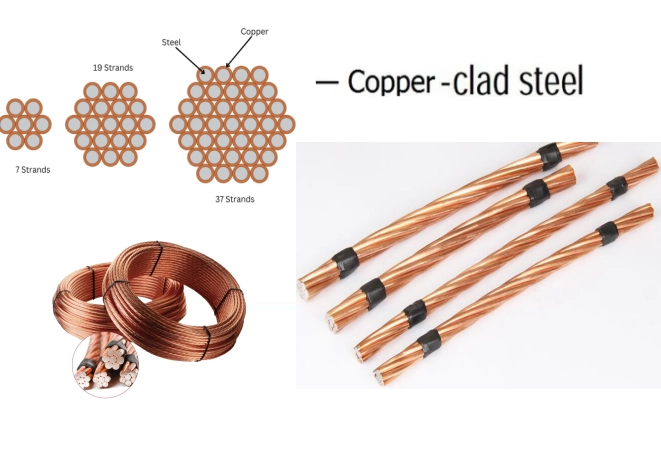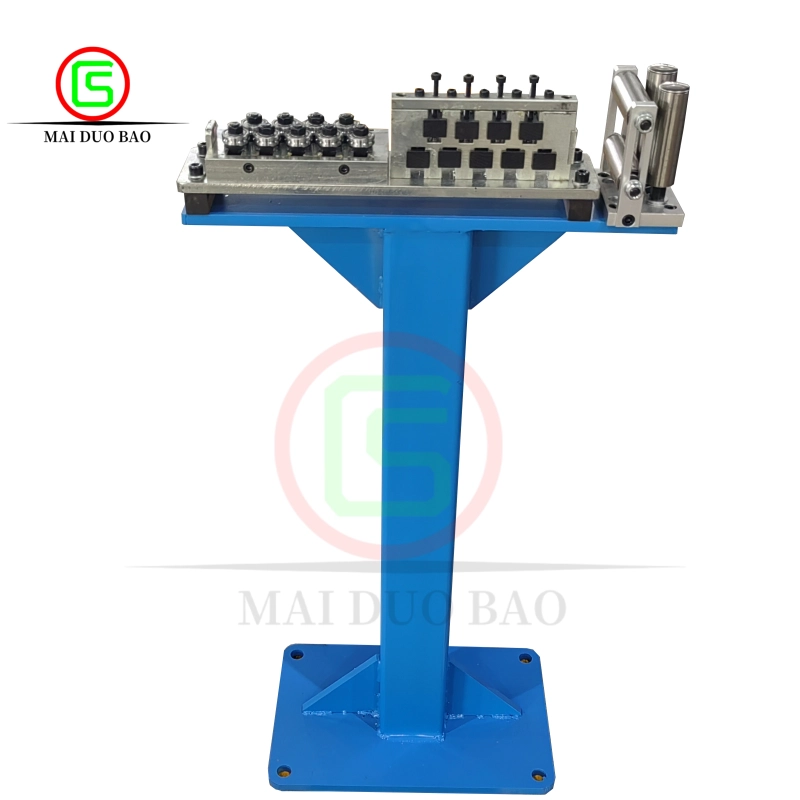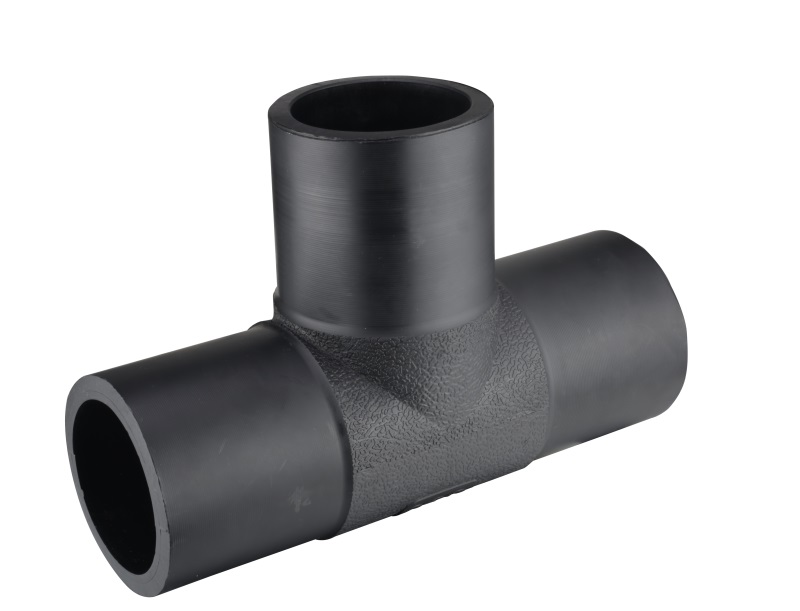In today's world, maintaining a comfortable indoor environment is essential for both productivity and well-being. While ceiling fans are a popular solution for air circulation, they are not always feasible due to space constraints, aesthetic preferences, or installation limitations. Fortunately, there are several effective methods to circulate air in a room without relying on a ceiling fan. This article explores innovative strategies that can enhance airflow, improve indoor air quality, and create a more pleasant living space.
Understanding Air Circulation
Before diving into alternative methods, it’s important to understand the principles of air circulation. Air movement is crucial for regulating temperature and humidity levels, which can significantly impact comfort. Stagnant air can lead to a buildup of heat and humidity, creating an uncomfortable environment. Effective air circulation helps distribute fresh air, reduces indoor pollutants, and maintains a balanced atmosphere.
- Utilize Natural Ventilation
One of the simplest and most effective ways to circulate air is through natural ventilation. This method involves strategically opening windows and doors to create cross-ventilation. Here are some tips to maximize this technique:
- Identify Wind Patterns: Observe the prevailing wind direction in your area. Open windows on opposite sides of the room to allow for a natural flow of air.
- Create a Draft: Use a combination of open windows and doors to create a draft. This can be particularly effective during cooler parts of the day, such as early morning or late evening.
- Use Window Screens: To keep insects out while allowing fresh air in, install window screens. This will enable you to keep windows open longer without compromising comfort.
- Employ Portable Fans
If natural ventilation is insufficient, portable fans can be a versatile solution. Unlike ceiling fans, these devices can be easily moved to different locations based on your needs. Here are some effective ways to use portable fans:
- Positioning: Place fans near windows to draw in fresh air or push out stale air. Experiment with different angles to find the most effective position.
- Create Airflow Patterns: Use multiple fans to create a circular airflow pattern. For example, position one fan facing inward to draw air in, while another fan faces outward to expel air.
- Oscillating Fans: Consider using oscillating fans, which can distribute air more evenly across a larger area, enhancing overall circulation.
- Optimize Your Room Layout
The arrangement of furniture and decor can significantly impact air circulation. Here are some strategies to optimize your room layout for better airflow:
- Avoid Blockages: Ensure that furniture does not obstruct vents, windows, or fans. Keeping pathways clear allows air to flow freely throughout the room.
- Elevate Furniture: Use furniture with legs or open bases to promote airflow underneath. This can help reduce heat buildup and improve circulation.
- Strategic Placement of Plants: While indoor plants can improve air quality, they can also obstruct airflow if placed incorrectly. Position them in areas where they won’t hinder air movement.
- Use Air Purifiers with Fans
Air purifiers equipped with built-in fans can serve a dual purpose: improving air quality and circulating air. These devices filter out pollutants, allergens, and odors while promoting airflow. When selecting an air purifier, consider the following:
- Size and Capacity: Choose a model that is appropriate for the size of your room. A unit that is too small will struggle to circulate air effectively.
- Fan Speed Settings: Look for purifiers with adjustable fan speeds, allowing you to customize airflow based on your comfort level.
- Placement: Position the air purifier in a central location to maximize its effectiveness in circulating clean air throughout the room.
- Harness the Power of Exhaust Fans
Exhaust fans are commonly found in kitchens and bathrooms, but they can also be utilized in other areas of the home to enhance air circulation. Here’s how to effectively use exhaust fans:
- Remove Stale Air: Turn on exhaust fans to expel stale air, particularly in areas prone to humidity, such as bathrooms and kitchens. This helps maintain a fresh atmosphere.
- Combine with Open Windows: Use exhaust fans in conjunction with open windows to create a strong airflow dynamic. This can be particularly effective during warm weather.
- Regular Maintenance: Ensure that exhaust fans are clean and functioning properly to maximize their efficiency in circulating air.
Conclusion
Circulating air in a room without a ceiling fan is not only possible but can be achieved through a variety of innovative strategies. By utilizing natural ventilation, portable fans, optimizing room layouts, employing air purifiers, and harnessing exhaust fans, you can create a comfortable and refreshing indoor environment. Implementing these techniques will not only enhance airflow but also contribute to improved indoor air quality, ultimately leading to a healthier living space. Embrace these methods to enjoy a breath of fresh air, even without a ceiling fan.




